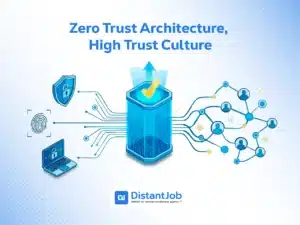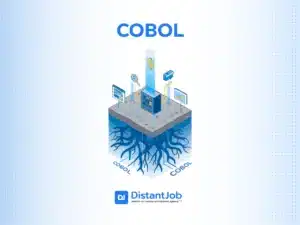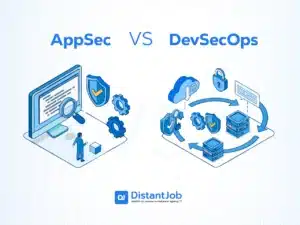You’re probably familiar with the term “Software Scalability”. It is also possible that you aren’t, but you’d be happy to get acquainted with it. Let me tell you that either way, if you’re an entrepreneur, it is best that you embrace it. It is a kind of qualitative metric for your future success. No matter which industry you’re from and which tech guru you follow, you need to understand the importance of software scalability.
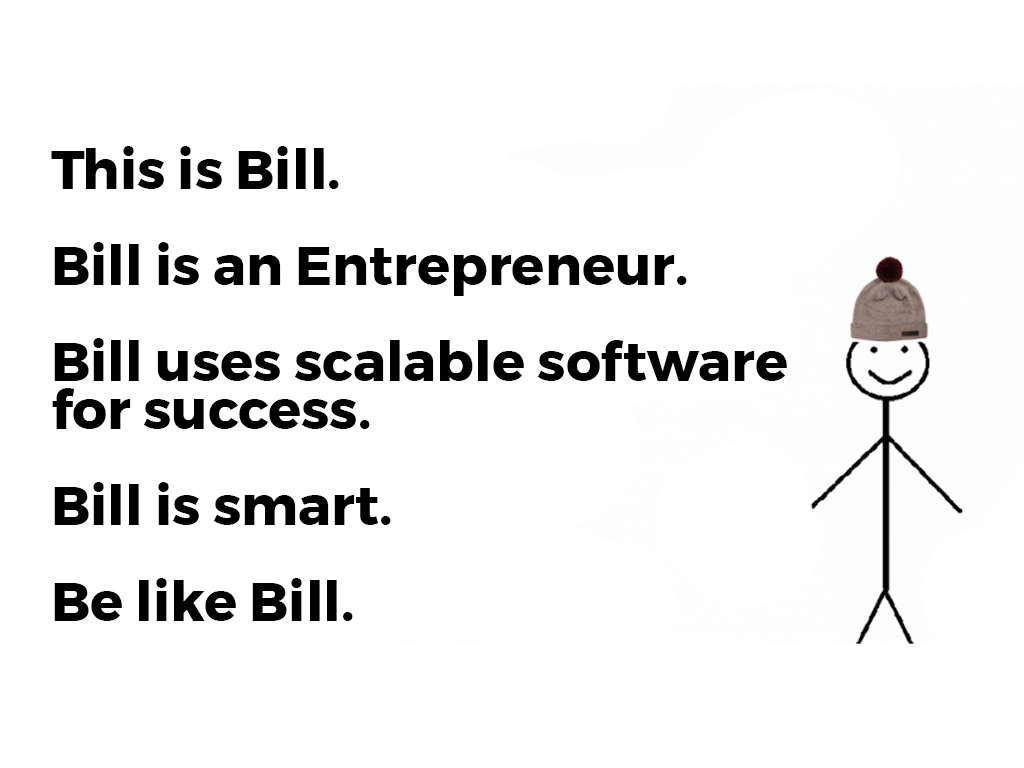
What is Software Scalability?
Software scalability is the capability of software to receive new resources without compromising performance, quality, or reliability. In other words, it’s when software can serve more users without crashing. It is evolvable and upgradable to mold itself in accordance with new needs that arise over time. If your software has better performance when it receives updates and upgrades, it is scalable. Sustainable and scalable software will not become obsolete.
Let’s break that word into bite-sized points:
- Software scalability means that you’re creating/using evergreen software. It will remain relevant for a long time to come.
- Scalable software doesn’t need to be redesigned. It can be easily upgraded and tweaked according to current needs.
- Scalable software doesn’t become extinct but only evolves.
- Scalable software is the solution to challenges of the now and of the future.
- Scalable software is essential for the growth and success of any entrepreneurial venture.
With constant changes in the world of businesses, it is not only desirable but a priority.
The Importance of Scalability in Software Design
Why do entrepreneurs have vision and don’t just leave the business to “today”? This is because nobody runs a business without wanting to solve the problems of tomorrow. Having a vision for one’s business opens up multiple possibilities that can only be arrived at if the business itself is scalable.
You want to make sure that your processes, products, services, and everything there is in your business is also relevant and useful tomorrow. There are plenty of benefits of scalable software. Here are some of the most important ones.
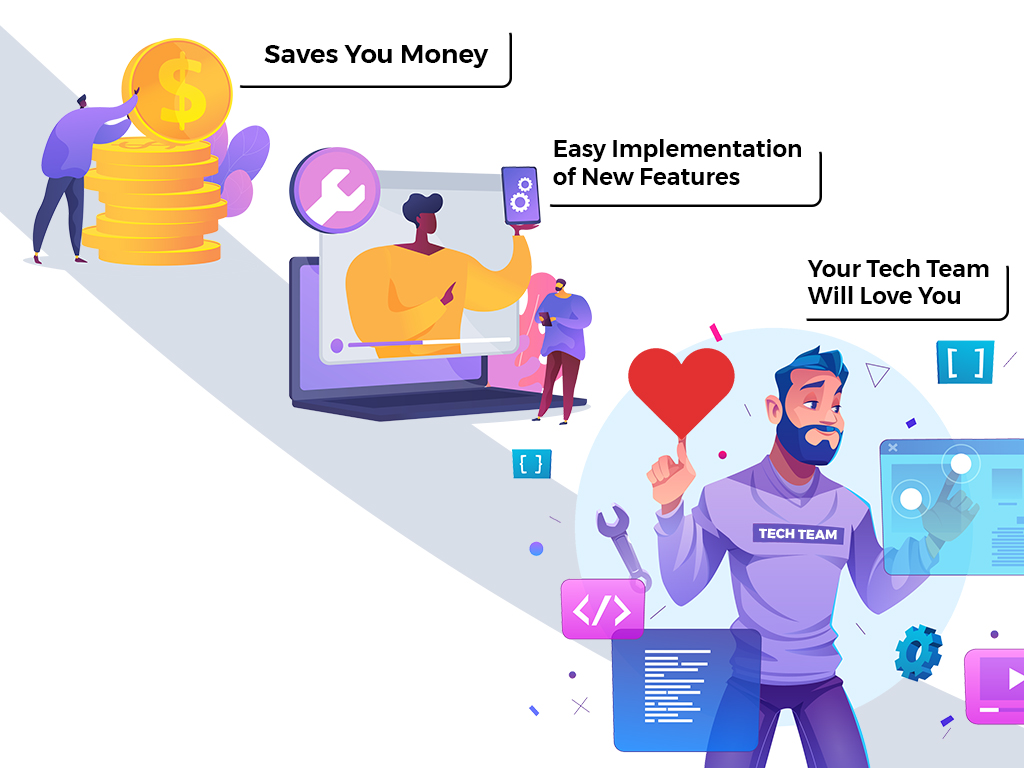
1. Saves You Money
Software scalability ensures that your initial technology investment won’t need many top-ups. You can continue using the same software for longer because it was designed to evolve along with your business.
2. Easy Implementation of New Features
This is a no-brainer. It is always easier to add on to existing software than to create a new one every time a new need comes up. Saves you time, money, energy, resources, everything!
3. Your Tech Team Will Love You
Upgrading software won’t seem like a chore to your software development team as it is already well acquainted with the interface. In contrast, creating new software every time will feel like a burden and burn out your team faster. This leads to decreased productivity and lower job satisfaction.
What Happens Without Software Scalability
While you might not notice this immediately, there are many cons of not having scalable software in the long run. It could lead to complete chaos in more ways than one. Here’s what can happen.
1. Increasing Users Means Increasing Trouble
More data means a more stressed software architecture. This could lead to bad or faulty performance, which in turn will lead to unhappy users of your app/website. This could mean lower consumer retention and a drop in revenue for your business.
You see that chain reaction? You didn’t see it coming until it got out of hand. Avoid this by hiring a software development team that knows how to build scalable software.
2. Patches won’t Solve the Problem
Just like you opted for a short-term solution by building software that is not scalable, all your solutions to further problems with the software will also be short-lived. Patches can help only to an extent. If someone has a broken ankle, a band-aid doesn’t help. Does it?
This will mean more complexity and constant expenditure to salvage every problem that arises in the future. Not cool.
3. Irate Consumers
The UX goes for an obvious toss. You’re not growing, but slowing down your business with slow loading times and unresponsive software. Data storage issues could also lead to a lot of problems.
You know what you do when you have a terrible first-time experience with an app, right?
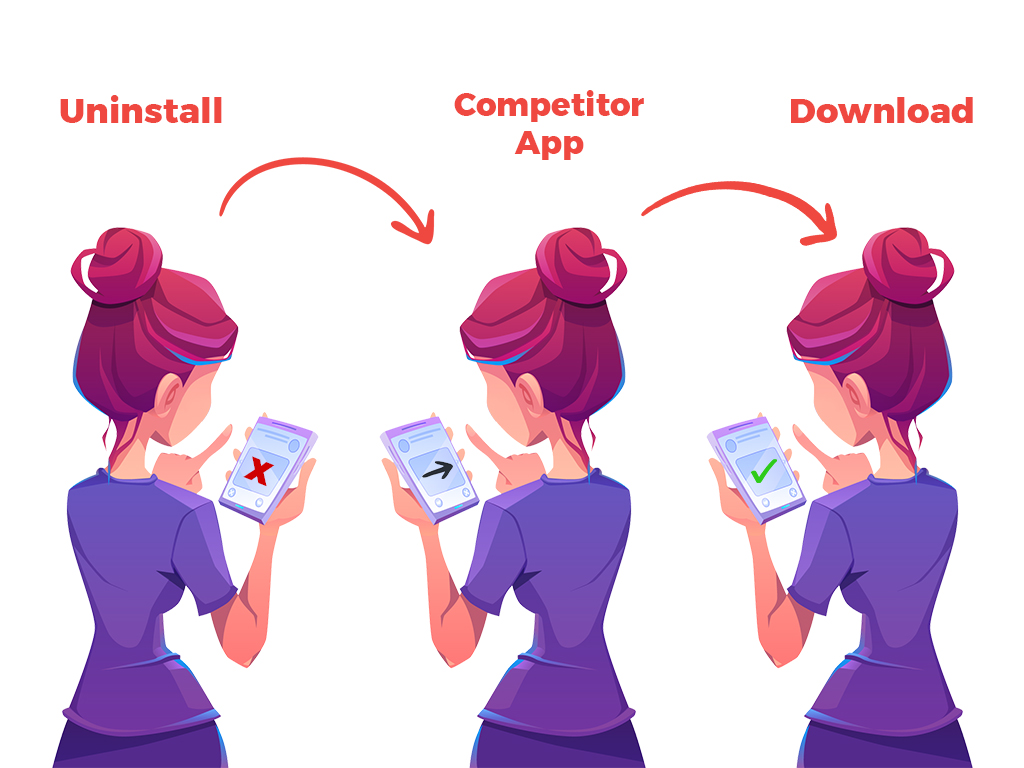
You don’t want that to happen because you love your consumers and HATE your competitors.
If you don’t want all the consumers knocking on your head in a nightmare, wake up and smell the scalability. Hire a reliable and expert software development team that knows how to build scalable software. We know that talented software developers who will do a flawless job for you are hard to find, so here’s what we have to offer.
Types of Software Scalability
You must know your options before saying “I want to escalate my software” to escalate your business. Some types of scalability provide more power for your infrastructure, some are cost-benefit friendly, and some even allow you to buy more power temporarily, cutting costs dramatically if you just need more reliability during an unpredictable load spike.
Horizontal Scaling (Scale Out)
Horizontal Scaling is adding more servers or nodes to the system to handle the workload.
Best for: Applications that require high availability, fault tolerance, and the ability to handle large workloads or spikes in traffic.
Example: Adding more web servers to a website to handle a sudden influx of traffic.
Use it when:
- You need to deliver high-quality service and performance.
- You are scaling your software to a global scale and have many users.
- You use a microservices application in containers that requires a distributed service system.
Vertical Scaling (Scale Up)
Vertical Scaling is upgrading the existing server’s hardware, like adding more RAM or a faster CPU.
Best for: Situations where a single machine can handle the entire workload efficiently and where upgrades are quick and easy.
Example: Upgrading the RAM on a single web server to handle more requests.
Use it when:
- A single machine (or your infrastructure) is enough, you just need more power.
- You are just starting and have no idea how much traffic you will get.
- Your traffic is scarce.
- You use this software just internally.
Organizational Scaling
Organizational scaling is when you amplify your team’s capabilities to meet the growth demand, making your team, basecode, and processes sustainable. It doesn’t involve merely hiring new developers. Organizational scaling also means reorganizing your team, training them, and adopting new management practices (mainly DevOps). Scaling your software comes with scaling your team, according to Conway’s Law.
Best for: Whenever you scale your software services (out or up)
Example: While breaking a complex system into independent microservices, you may break your team into smaller teams that assume responsibility for each one of them.
Use it when:
- You are scaling your software vertically, horizontally, or both.
- You need to align new technology or new services with your team.
Elastic Scalability
Elastic scalability is a way to temporarily scale out your cloud infrastructure to handle a high traffic peak or protect data from a DDoS attack. A cloud engineer can set up a trigger to let the cloud services know when you need more power and how much. It gives you more reliability and availability for a price.
You can either schedule it, dynamically add it, add more scale by instance, or set an auto-scale configuration per demand.
Best for: Your application in the cloud is dealing with unpredictable load, and you need it to be more reliable and consistent.
Use it when:
- Your application has a variable load (like an e-commerce platform, which experiences variable traffic every day;
- Your applications receive an unexpected and unpredictable load (for example, a video streaming platform).
- You don’t need a permanent scalability for your business, just a temporary one to suit your needs.
Strategies to Escalate Software
Now that we have named types of scalability, the next step is to choose one or more strategies to deploy them. Building scalable software involves many factors: architecture, available technologies, and good practices (often from DevOps), just to name a few. You also need monitoring and planning abilities, as well as balancing scalability costs and return on investment. Here are some strategies you may employ or combine to do your own.
Strategy | Tools | How does it contribute to scalability |
Cloud Infrastructure | AWS, Azure, GCP (VMs, Managed Databases) | Resources on demand, auto-scaling, and global (pay-per-use). |
Container Orchestration | Kubernetes, Docker Swarm | Automatically provisions, deploys, auto-scales, and manages containerized applications. |
| Distributed Databases | Cassandra, MongoDB, DynamoDB | Data storage is horizontally scalable, reliable, and highly available |
| Distributed Cache | Redis, Memcached | Keeps data in memory to improve performance and throughput, relieving load on the main database. |
Load Balancing | Nginx, HAProxy, AWS ELB | Distributes requests between many servers. It avoids overload and allows new instances. |
CDN (Content Delivery Network) | CloudFront, Cloudflare CDN | Distributes static content globally. It reduces latency and load on the server. |
Monitoring & APM | Prometheus, Grafana, New Relic, Datadog | Monitors metrics in real time and identifies bottlenecks. Good data to make those scalability decisions. |
Infrastructure as Code | Terraform, CloudFormation, Ansible | Automate your infrastructure decisions that suit your business and provide reliable environments for scalability. |
How do you escalate software?
Software scalability requires planning and execution in well-detailed steps. I will show you a step-by-step guide so you may pick your strategy and type of scalability that best suits your project and your business.
1. Planning and Diagnosis
First, monitor performance and identify any bottlenecks you have today. Use tools like Zabbix, Nagios, Prometheus, New Relic, Datadog, or Grafana to track CPU usage, memory, disk, network, and database saturation. Don’t forget to do load tests with tools like JMeter or Gatling.
Does your service get too loaded sometimes? May an upgrade on your hardware handle it? If in the cloud, is an auto-scale configuration enough to scale out your software without being too expensive? Or is your software screaming “wake me up inside” and demanding a full horizontal scaling side-by-side with a full team of experts?
After getting all these metrics, determine the desired reliability of the service. Establish the Service Level Agreement and new metrics you must achieve. That is not different from your usual OKR and KPI stuff. The idea is to plan your software’s growth and align it with your business’s needs.
2. Choosing strategies
You have planned your growth and metrics, and have all the data on your current situation. The next step is picking a strategy.
If the system is new and handles a moderate load, consider scaling up. It’s less expensive, and, hopefully, you may not need to hire new people. If your application is in the cloud, set up a new auto-scale configuration.
Otherwise, you scale out. Before buying more computers and databases, you may consider building clusters (for servers or databases) and using some load balancers (like NGINX) to distribute requests between servers. You can also employ containers and virtualization tools, and distribute cache efficiently with Memcached or Redis.
3. Architecture Redesign
If the data shows that your software itself is a bottleneck, change its architecture.
I mean, we live in the 21st Century, but many companies still rely on a monolithic architecture, that is, a software that does everything by itself, and if a feature goes wrong, the whole software breaks down with it.
Nowadays, we develop applications that split all their functions into microservices. Think about it like a Hydra. It has many heads. If a head goes down, the hydra still walks relentlessly unless it’s the main head. In that case, the API.
Modern applications all have microservices in different containers. If a microservice goes down, it doesn’t affect the rest of the application. If you still use a monolithic architecture, welcome to the future. Do yourself a favor and slowly transition your software to containerized microservices.
Another new trick for your new scaling architecture is a stateless application. Do you remember that movie, 50 First Dates, with Adam Sandler? His character dates Lucy, who has recurrent amnesia. She doesn’t remember him, and he has to conquer her heart every day.
A stateless application is like Lucy; it scales by being amnesiac and not collecting users’ data. You forfeit some data to get more customers. If it’s a good trade-off, it’s up to you.
4. Monitoring and Adjustments
The first step was about monitoring and planning, this step is about monitoring and making adjustments. You should never stop monitoring your software.
Check if everything is going as planned and make adjustments if it’s not. Monitor performance, perform load charge tests, and adjust your scalability policies accordingly.
Adopt continuous integration (CI) and continuous delivery (CD) pipelines. It allows software to always be deployed. Automated and frequent deployments mean that the team can quickly adjust scaling settings or performance optimizations.
We want Your Business to go for Software Scalability
We don’t promise you success, but we can assure you of the next best thing that can lead to success. A top software developer from Kyoto sips on Matcha while working on your project to create the best scalable software for your business.
Why would a top software developer from Japan want to work with you? Because remote work is scalable, too! That’s the now and future. Saves you money and time, gets you the best talent, lets the software developer maintain work-life balance, and be more productive.
If you try to do this by yourself, it will take forever to find the right development team to create software scalability for your business. Experts best do remote recruitment because they do it at lightning speed (almost) and find you the best in that short time. They hire and onboard, and they make sure you have exactly what you’re looking for.
At DistantJob, we know exactly what it means to have scalable software because we use it ourselves. We specialize in remote tech recruitments, so you’re at the right place. Get in touch, and we will help you with the best tech talent from across the globe.


